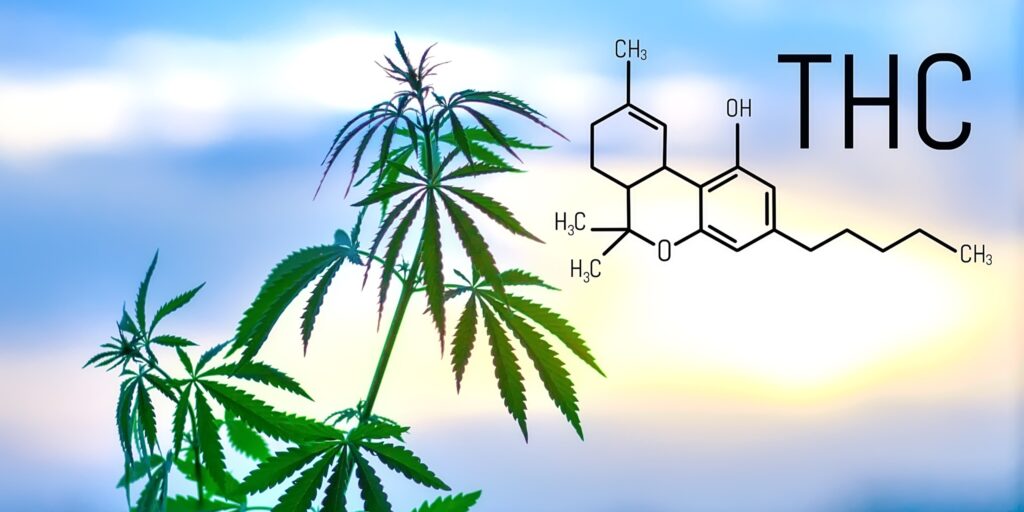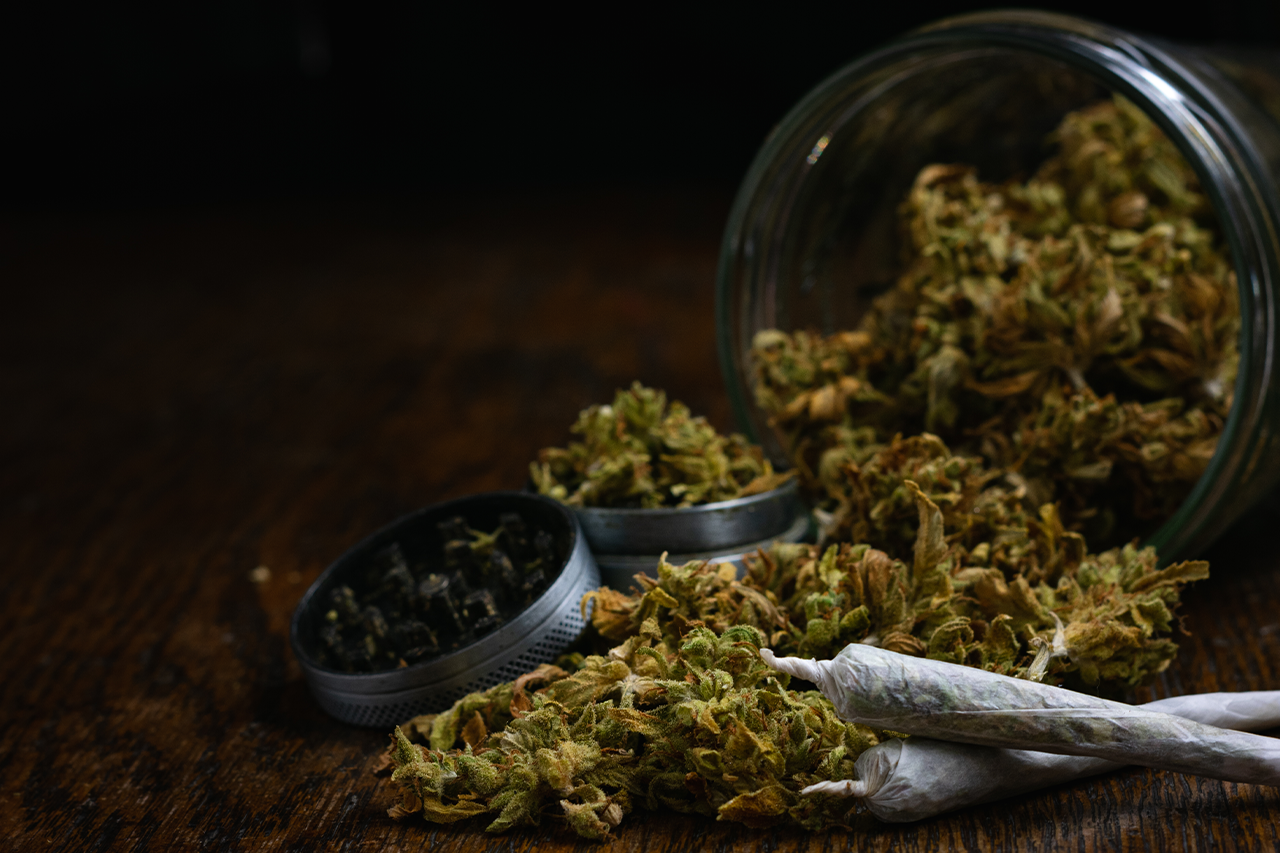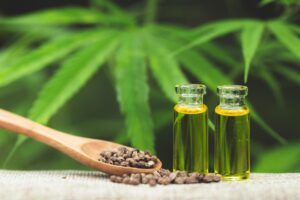Cannabis culture thrives on precision, especially when it comes to THC, the compound that delivers the plant’s signature effects. Whether you’re browsing THC Online platforms, sourcing from THC Wholesale suppliers, or exploring THC White Label products, understanding the THC content in an ounce of cannabis is essential. This 1000-word exploration dives into the calculations, facts, and nuances behind determining how many grams of THC are in an ounce, blending science with practical insights to keep you informed.
The Basics of Cannabis Measurement
An ounce of cannabis, often called an “O” in street lingo, is a standard unit in the industry, equating to 28.3495 grams. For simplicity, most dispensaries and consumers round this to 28 grams. This measurement applies universally, whether you’re purchasing flower from a local shop, ordering through THC Online marketplaces, or negotiating bulk deals with THC Wholesale vendors. But the real question isn’t about the weight of the cannabis itself—it’s about the THC, the psychoactive cannabinoid that defines the potency of your stash.
THC, or tetrahydrocannabinol, is measured as a percentage of the total dry weight of the cannabis. For example, a strain with 20% THC contains 200 milligrams of THC per gram of flower. To find the total grams of THC in an ounce, you need to combine the weight of the ounce with the THC percentage. This calculation is critical for consumers, producers, and even those creating THC White Label products, where accurate labeling ensures trust and compliance.
Calculating THC Content in an Ounce
Let’s break it down with a straightforward formula. If one ounce equals 28 grams, and a strain has a THC percentage, the grams of THC can be calculated as follows:
Grams of THC = (THC percentage / 100) × 28 grams.
For a strain with 20% THC, the math looks like this:
(20 / 100) × 28 = 0.2 × 28 = 5.6 grams of THC.
So, an ounce of 20% THC cannabis contains 5.6 grams of pure THC. This figure is a baseline for understanding potency, whether you’re a casual user shopping on THC Online platforms or a business sourcing THC Wholesale flower for processing. Higher potency strains, like those testing at 30%, yield more THC:
(30 / 100) × 28 = 0.3 × 28 = 8.4 grams of THC per ounce.
These numbers assume the THC percentage is accurate, which reputable suppliers, including THC White Label brands, ensure through lab testing.
Factors Affecting THC Accuracy
Not all ounces are created equal. Several variables influence the actual THC content you’re getting. First, the THC percentage listed on a product is an average based on lab tests, which sample only a portion of the batch. Variations in growing conditions, curing, and storage can lead to slight differences across the flower. When buying from THC Online retailers or THC Wholesale distributors, always check for third-party lab reports to verify potency.
Second, the type of cannabis product matters. Flower, the most common form, typically ranges from 15-30% THC. Concentrates, like shatter or wax, can hit 80-90% THC, drastically increasing the grams of THC per ounce. For instance, an ounce of 80% THC concentrate contains:
(80 / 100) × 28 = 22.4 grams of THC.
This is why concentrates dominate the portfolios of THC White Label companies, offering potent options for discerning consumers. However, degradation over time—due to light, heat, or air exposure—can reduce THC potency, meaning the actual grams of THC may be lower than calculated.

The Role of Terpenes and Other Cannabinoids
THC doesn’t work alone. Terpenes and other cannabinoids, like CBD or CBG, shape the overall experience, a phenomenon known as the entourage effect. While these compounds don’t directly alter the grams of THC in an ounce, they influence how the THC feels. When shopping on THC Online platforms, you’ll notice strains marketed for their terpene profiles—limonene for upliftment, myrcene for relaxation. THC Wholesale buyers often prioritize strains with balanced profiles to appeal to diverse markets, while THC White Label brands craft unique blends to stand out.
Understanding this synergy helps contextualize THC measurements. A strain with 18% THC and a rich terpene profile might feel stronger than a 22% THC strain with minimal terpenes. This nuance matters when calculating doses, especially for edibles or tinctures derived from an ounce of flower.
Practical Applications for Consumers and Businesses
Knowing the grams of THC in an ounce has real-world implications. For consumers, it guides dosing. If you’re vaping or smoking, only about 25-50% of the THC is absorbed due to combustion or vaporization losses. For a 20% THC ounce (5.6 grams of THC), you might effectively consume 1.4-2.8 grams of THC, depending on efficiency. Edibles, however, deliver THC differently, with extraction and decarboxylation processes affecting yield. A typical extraction might recover 70-90% of the THC, so an ounce could produce edibles with 3.9-5 grams of THC.
For businesses, these calculations are critical. THC Wholesale suppliers use THC content to price their flower—higher potency commands higher rates. THC White Label producers rely on precise measurements to create consistent products, from pre-rolls to vape cartridges. Meanwhile, THC Online retailers educate customers with lab-backed data, building trust in a competitive market.
Legal and Safety Considerations
THC calculations also tie into legal and safety frameworks. In many regions, cannabis products must display THC content on packaging, a requirement that THC White Label brands meticulously follow. Overestimating THC can mislead consumers, while underestimating it risks regulatory penalties. When purchasing from THC Online or THC Wholesale sources, ensure compliance with local laws, as THC limits vary globally.
Safety-wise, understanding THC content prevents overconsumption. An ounce of 30% THC flower contains enough THC to produce intense effects, especially for novices. Start low—perhaps 10 milligrams of THC per dose—and scale up gradually, using the grams of THC in your ounce as a guide.
Why It Matters in Today’s Market
The cannabis industry is booming, with THC Online platforms, THC Wholesale networks, and THC White Label brands driving innovation. Knowing how many grams of THC are in an ounce empowers you to make informed choices, whether you’re budgeting for personal use or scaling a business. It’s not just about numbers—it’s about quality, consistency, and maximizing value.
As you navigate this green landscape, remember that an ounce is more than 28 grams of flower. It’s a snapshot of potency, a blend of science and experience, and a key to unlocking cannabis’s potential. Armed with these calculations, you’re ready to explore with confidence.
Elevate your business with NanoHempTechLabs’ premium THC Wholesale products! From potent gummies to high-quality vapes, our lab-tested Delta-8 and Delta-9 THC offerings ensure consistency and compliance. With THC percentages ranging from 15-90%, our diverse inventory meets every customer’s needs. Benefit from competitive pricing, low minimum orders, and fast lead times. Our THC White Label solutions let you brand our top-tier products as your own, boosting market presence. Partner with NanoHempTechLabs to scale your profits and stand out in the cannabis industry. Schedule a call today to transform your THC Online business.
Reference:
- Dobbins, M., Rakkar, M., Cunnane, K., Pennypacker, S., Wagoner, K., Reboussin, B., … & Romero‐Sandoval, E. (2022). Association of tetrahydrocannabinol content and price in herbal cannabis products offered by dispensaries in california: a purview of consumers/patients. Frontiers in Public Health, 10. https://doi.org/10.3389/fpubh.2022.893009
- Englund, A., Oliver, D., Chesney, E., Chester, L., Wilson, J., Sovi, S., … & McGuire, P. (2022). Does cannabidiol make cannabis safer? a randomised, double-blind, cross-over trial of cannabis with four different cbd:thc ratios. Neuropsychopharmacology, 48(6), 869-876. https://doi.org/10.1038/s41386-022-01478-z
- Forti, M., Quattrone, D., Freeman, T., Tripoli, G., Gayer‐Anderson, C., Quigley, H., … & Ven, E. (2019). The contribution of cannabis use to variation in the incidence of psychotic disorder across europe (eu-gei): a multicentre case-control study. The Lancet Psychiatry, 6(5), 427-436. https://doi.org/10.1016/s2215-0366(19)30048-3





